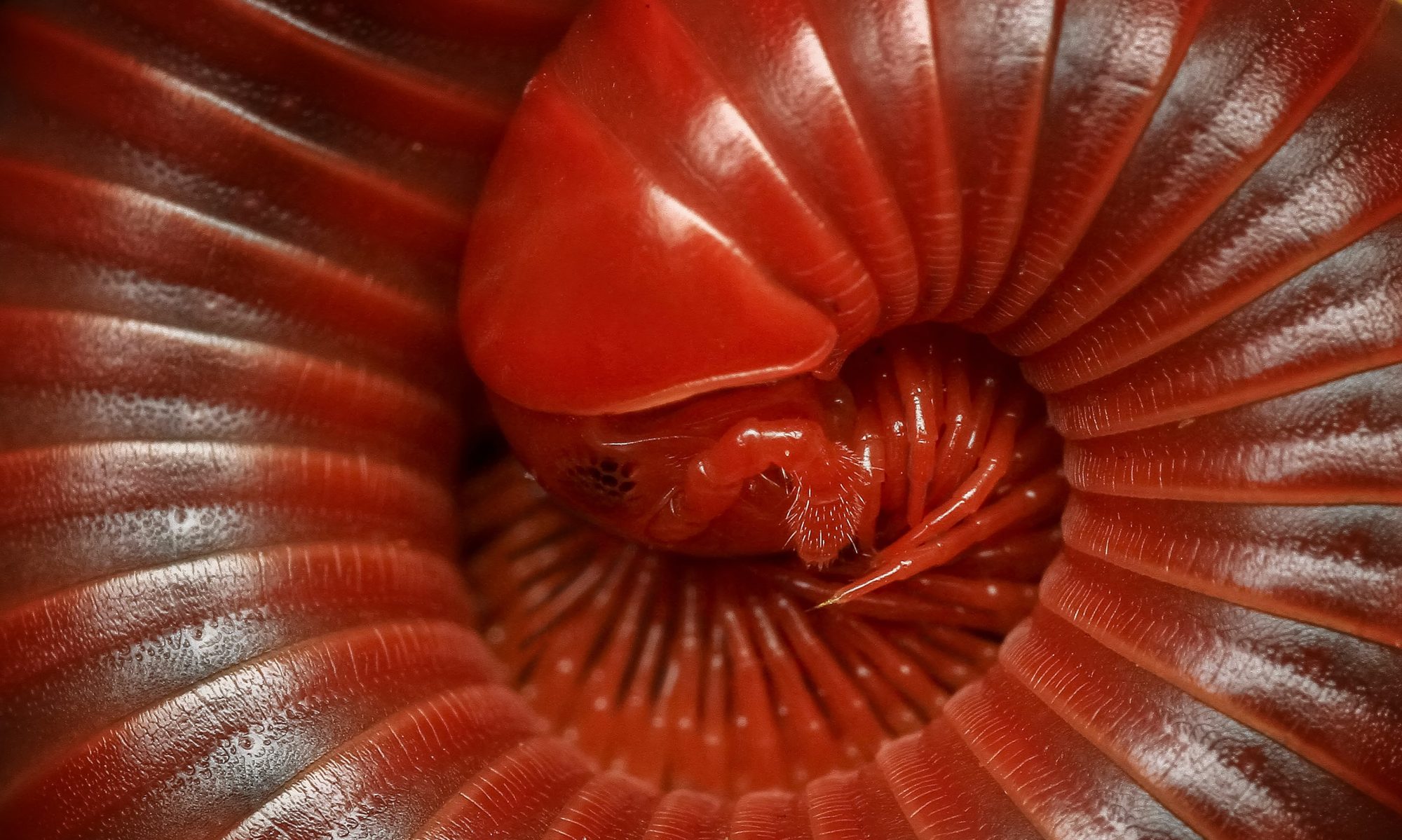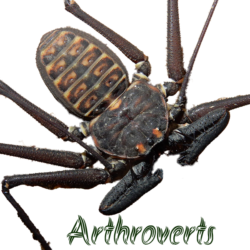Hello all, today I am happy to announce an interview with (quite literally) Arachnid Addicted! Aside from posting marvelous photos on his Instagram page and on Arachnoboards, his collection remains the envy of all other arachnid enthusiasts, junkies, and fellow addicts. If it has eight legs and is predatory, he has it. Let’s get right into it!
Arthroverts: “When did you first become seriously interested in arachnids?”
Arachnid Addicted: “Seriously, I think it was back in 1999, or before. I always liked them though. I actually don’t have any memory of me being afraid of arachnids.”
A: “What is it about arachnids and invertebrates in general that grabs you?“
AA: “To be honest, I like any Arthropod that is a predator. I like the way they hunt, the way they grow, the whole process of ecdysis always caught my attention. Not to mention, there are some that make real strategies to hunt (Portia spp., I’m looking at you 😂) which is even more incredible.”
A: “How many species/specimens do you have in your collection? Do you see that number growing further in the future?“
AA: “I have a list, but I’ve never summed them up. Considering only Theraphosidae, I had 157 different species in the first semester of this year. I believe this number have already grown, ha ha.”
A: “Do you have a favorite species/genus?“
AA: “It’s hard to choose only one so I’ll say 5 NWs and 5 OWs.
In no particular order:
New World – Grammostola, Vitalius, Iridopelma, Pamphobeteus and Psalmopoeus.
Old World – Poecilotheria, Chilobrachys, Heteroscodra, Pterinochilus and Hysterocrates.
It was really hard to make this list and it will probably change tomorrow, please, don’t make me choose a favorite species 🤣 .”
A: “On the forums you regularly post about taxonomic changes and updates; is there a taxonomic issue (a “favorite” so to speak) related to arachnids/invertebrates that you hope is resolved soon?“
AA: “We have to be really careful when it comes to “taxonomic solutions” these changes will always happen and we can’t be biased ourselves on them to be honest. There are taxonomical changes that won’t affect the pet trade in any way. Lasiodora spp., for example, is so messy right now that even when the revision comes up, what we have in the hobby as L. parahybana or L. klugii will remain that way; that’s what happened with Tliltocatl. Hobby individuals will continue to be chaotic.
About any revision that will be released soon, I don’t know, there are so many taxonomists working in the field right now, I’m only updated by looking at the World Spider Catalogue.”
A: “Are there any problems related to classification within the hobby that you think a greater awareness is needed of? An example would be the whole Grammostola pulchra/quirogai mess.“
AA: “Yes, there are a lot. But honestly, most hobbyists won’t care about them. Using Grammostola as an example, G. porteri is a really odd species to science, its type is still known as Lasiodora porteri and no one knows if it is still “useful”. In the hobby, though, this doesn’t matter, they were named as G. rosea before but hey, nowadays, if you explain all of it, some keepers won’t believe or will get offended (which honestly, is lame 😂. ). So, I’m still trying to explain these mistakes on the forum or on my Instagram account. If one decides to research it further or not, that, unfortunately, is not my problem.”
A: “How is the hobby doing in terms of conservation in your opinion?“
AA: “Man, this is controversial. What I honestly think is that sellers use this whole “conservation debate” as an excuse, what are they doing for conservation, really? Breeding spider to make a profit out of them? Sorry, but that means nothing.
Conservation issues are not about that in my opinion, one has to think about how to preserve X species in situ, if there’s no way to do it for whatever reasons, one has to make projects (serious ones) to keep them in captivity.
Believing that because there is one person breeding and selling Pokies it is enough to conserve the species is naïve. How many individuals will die in the care of the keeper? How many individuals will actually make it to the sling stage? How long will one keep working with the species?
I think these are some question we really have to make (me included). Mexico is making a good job towards it, maybe other countries should try things based off them.”
A: “Your macro photos of arachnids, some of which I have shared in this post, are just flat out incredible; do you have any wisdom for those who want to take better photos of their collection and are just starting out?“
AA: “Nowadays, there are lots of equipment available for any style you want to learn. As to our hobby, I believe the key word is research. If you want to work in photography, then probably equipment will matter, especially for printed images. In case you want to take some photos as a hobby, then semi-professional equipment would probably be fine.
In my opinion, important thing is to learn how the light works, how to compose an image and, especially, to know how your equipment works out of the auto shots. Nowadays there are also a large variety of techniques, and it’s important to learn your style; that will come in time. It is important to talk to other photographers, whether they are more experienced or not, I still learn a lot from them.
As for myself, my specialty is macro photography, that’s what I like the most and I still have a lot to learn; I don’t know how to stack yet, for example. I like to take pictures of other animals, other perspectives like landscapes, and I also like to make some panning style photos. But what I’m really into is to improve and get better with macro shots.
You can know a lil’ bit about everything, but as time passes by, you’ll focus in on one, or maybe two, styles you like more, and that’s when the magic happens (cliché, 🤣).”
A: “Lastly, any advice for those who also want to become arachnid-addicted?“
AA: “As I always say, study, don’t be afraid to ask around, don’t ever think your questions are dumb, and doubt anyone who tells you they are. Debate, discuss, speak for yourself and share your experiences. If you think something is wrong, say it. If you think you are wrong, listen. This is an awesome hobby, but it is also a place of egos, envy and disagreement, so know how to filter information.
And of course, more importantly, take good care of your animals ;).”
I’d like to say thank you to Arachnid Addicted for sharing some of his insights and photos with us, and for continuing to contribute to the advancement of the hobby. Make sure to check out his Instagram page and catch him on Arachnoboards!
Surprise photo!
May your collections grow,
Arthroverts

